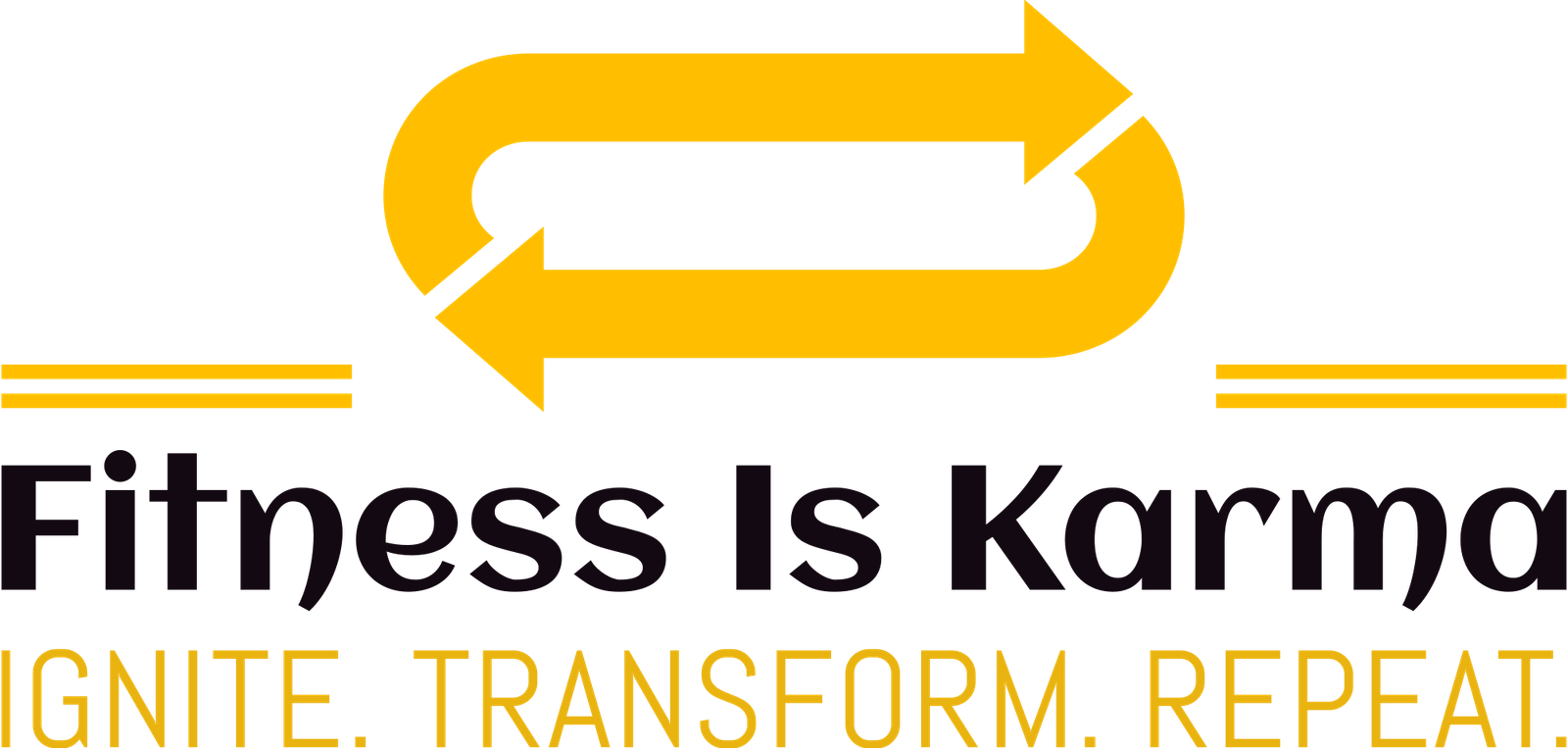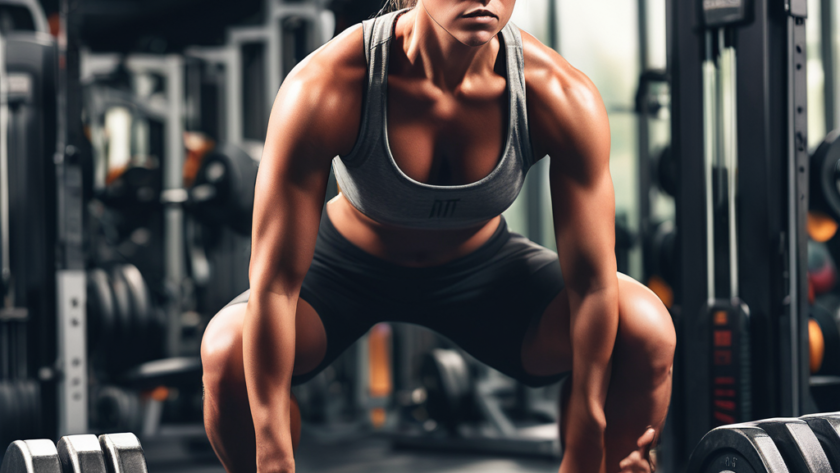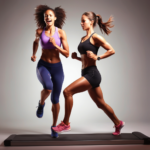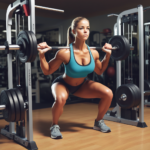Table of Contents

Introduction
Embarking on a body transformation challenge requires understanding and leveraging the right training intensity. Two popular methods to measure and optimize workout intensity are the Rate of Perceived Exertion (RPE) and A Rep Max (1RM). This blog will explore the differences between RPE and 1RM, their benefits, and how to effectively incorporate them into your fitness routine.
Understanding RPE (Rate of Perceived Exertion):
The Rate of Perceived Exertion (RPE) is a subjective measure of workout intensity based on how hard you feel you’re working. Typically rated on a scale from 1 to 10, RPE allows you to adjust your effort according to your personal perception of difficulty. This emphasis on intensity simply means the amount of effort we are putting into something for a set period of time. For example if we run an automobile at max speed, which in relation to this would be the amount of effort put in by the engine to reach and maintain the max speed, is nothing but the intensity at which its working.

Similarly we would have to simply try and gauge the intensity at which we are working and what is the impact of that on our body. So with the help of this method rather than keeping a count of your reps, you can just try and assess the rate at which your body is exerting efforts to push yourself in Gym or any kind of workout and observe how is your body responding to it.
Benefits of RPE
- Personalized Intensity: Tailors workout intensity to your current fitness level and daily condition.
- Adaptability: Easily adjustable based on how you feel, ensuring safe and effective training.
- Self-Awareness: Encourages listening to your body, reducing the risk of overtraining and injury.
Below is a view of how you can understand the intensity in accordance to RPE.
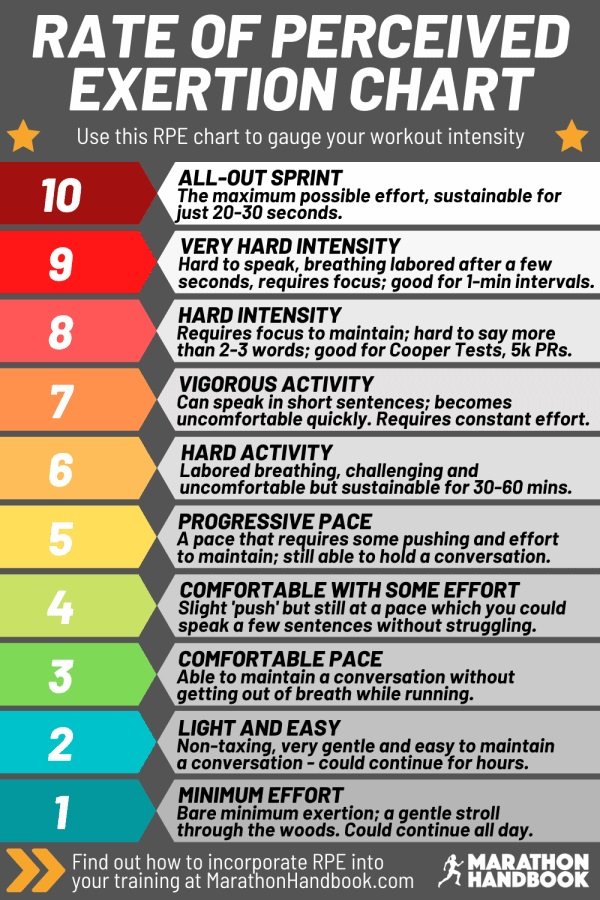
Understanding 1RM (One Rep Max)
A Rep Max (1RM) is the maximum amount of weight you can lift for one repetition of a given exercise. It is a precise measure of your absolute strength and is often used to set training loads for strength programs. This is usually for the people of have been training for a while and are between late intermediate to advance levels of training as these are usually beneficial and gauged against your conventional structural exercises(Squat, Deadlift, Bench press).
As these kind of exercise need a support of lot of muscle groups to perform and in turn can afford to go to your maximum potential with relatively heavy weights, hence reduced risk of injury when compared to other Accessory exercises, which usually work on isolating a muscle.

Now, if you want to find what is your 1 Rep Max there are 2 ways to know, 1 is actually by doing it and learning practically with safe experimentation with your lifts and another is to checkout this simple table below in reference to no. of reps vs your percentage of personal capacity.
| Capacity in % | No. of Reps |
| 100 % | 1(Max) |
| 95% | 2 |
| 92.5% | 3 |
| 90% | 4 |
| 87.5% | 5 |
| 85% | 6 |
| 82.5% | 7 |
| 80% | 8 |
Benefits of 1RM:
- Objective Measurement: Provides a clear and quantifiable measure of strength.
- Progress Tracking: Helps monitor strength gains over time.
- Program Structure: Facilitates the design of structured and progressive strength training programs.
RPE vs. 1RM
- Flexibility: RPE offers more flexibility as it accounts for daily variations in energy and fatigue, whereas 1RM is a fixed measurement.
- Ease of Use: RPE is simpler to implement without the need for maximum lifts, making it accessible for beginners. In contrast, determining 1RM requires a maximum effort lift, which may not be suitable for everyone.
- Application: RPE is often used in endurance and high-volume training, while 1RM is typically applied in strength and powerlifting programs.
Incorporating RPE and 1RM into Your Fitness Routine
- RPE-Based Workouts:
- Warm-Up: Start with a light warm-up, gradually increasing intensity.
- Main Set: Perform exercises at an RPE of 7-8 for strength, 5-6 for endurance.
- Cool Down: Finish with a low-intensity cooldown and stretching.
- 1RM-Based Workouts:
- Warm-Up: Begin with dynamic stretching and light sets.
- Main Set: Perform sets at 70-85% of your 1RM for strength gains, adjusting based on your program.
- Cool Down: Conclude with static stretching and light cardio.
Conclusion: Ultimate Body Transformation Challenge
For an ultimate Body Transformation Challenge, choosing between RPE and 1RM depends on your fitness goals, experience level, and personal preferences. Both methods offer unique advantages that can enhance your body transformation journey. By understanding and applying these intensity measures, you can optimize your workouts, achieve better results, and safely push your limits.
Note: Always consult with a fitness professional before starting a new exercise program, especially if you’re new to strength training or have any medical conditions.
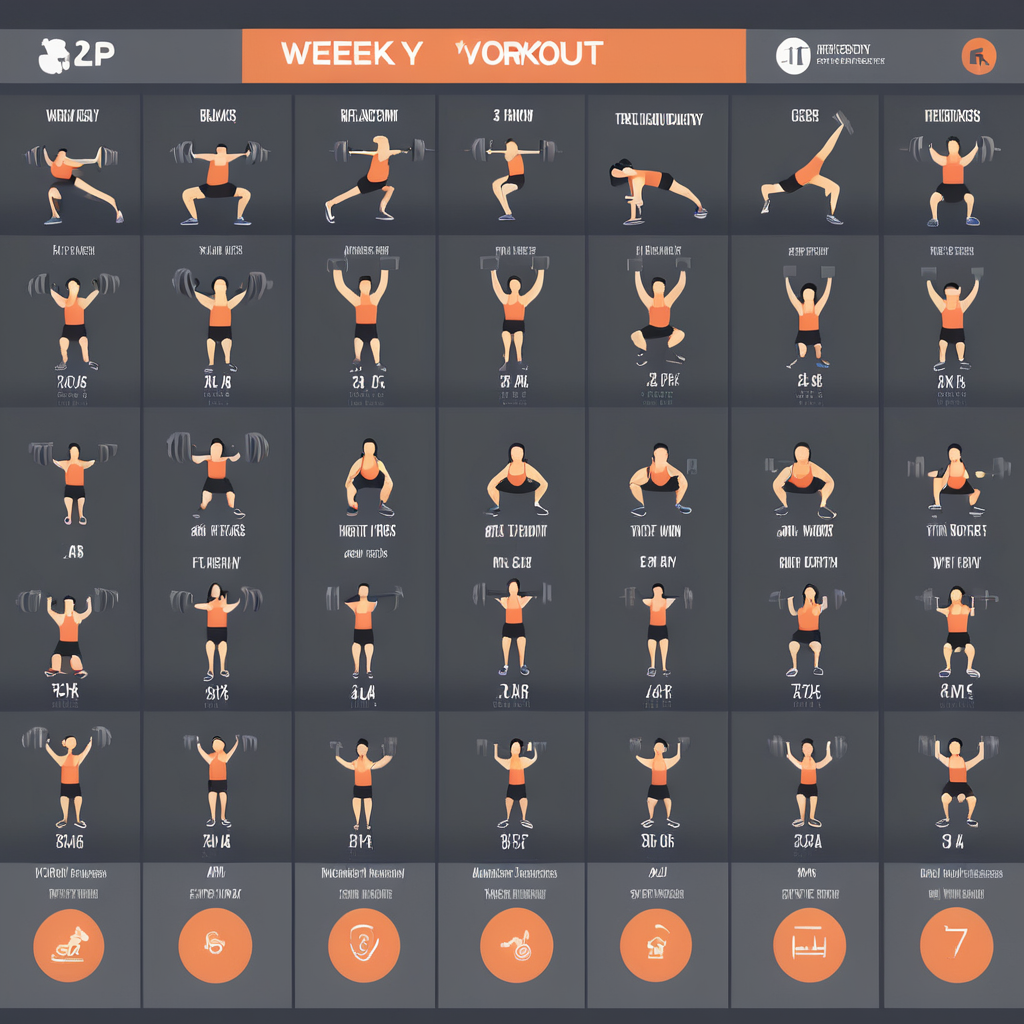
Final Thoughts on Body Transformation Challenge:
Whether you prefer the adaptability of RPE or the precision of 1RM, integrating these methods into your training can significantly impact your progress. Embrace the challenge, listen to your body, and stay consistent on your path to transformation.
